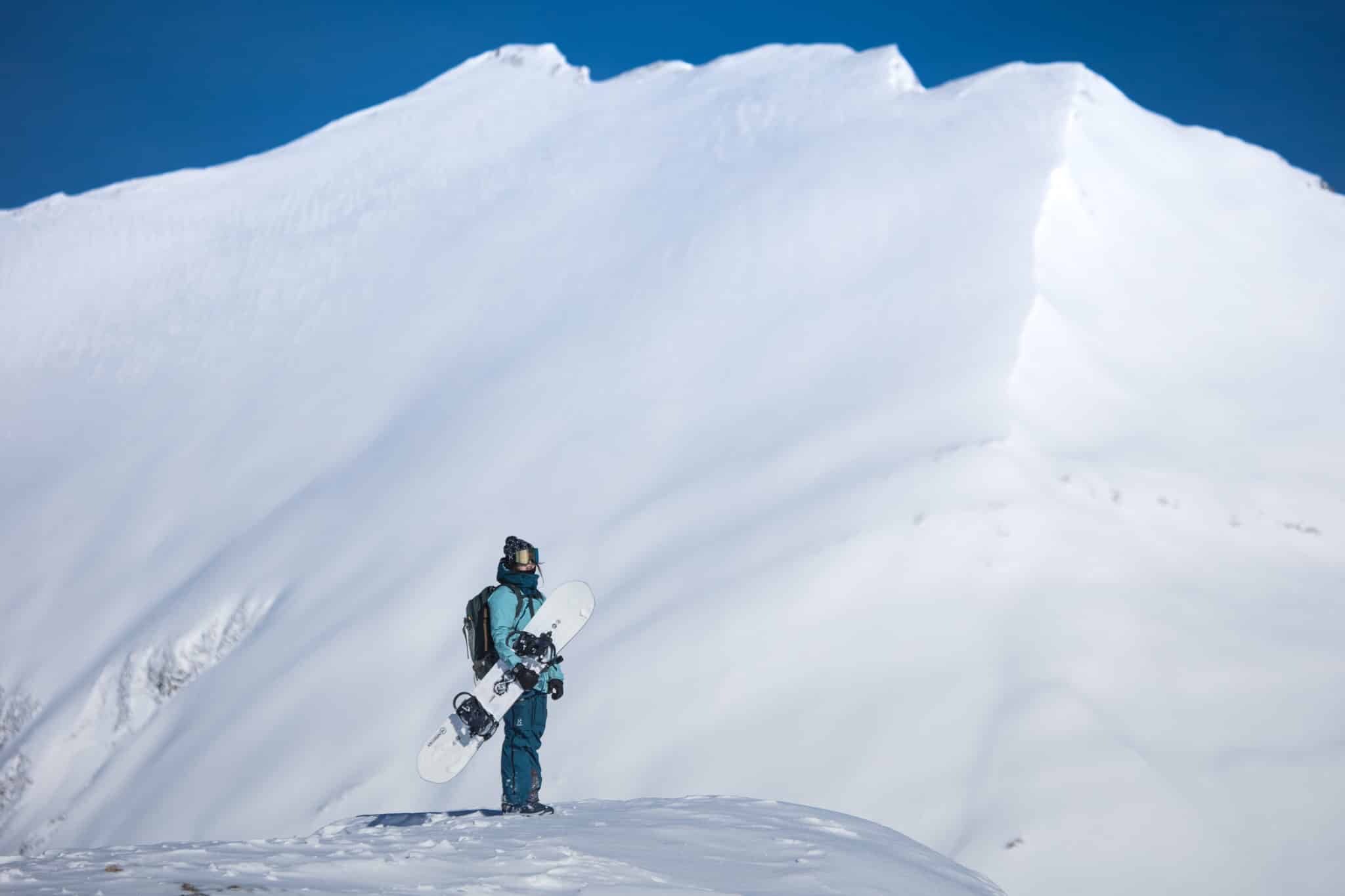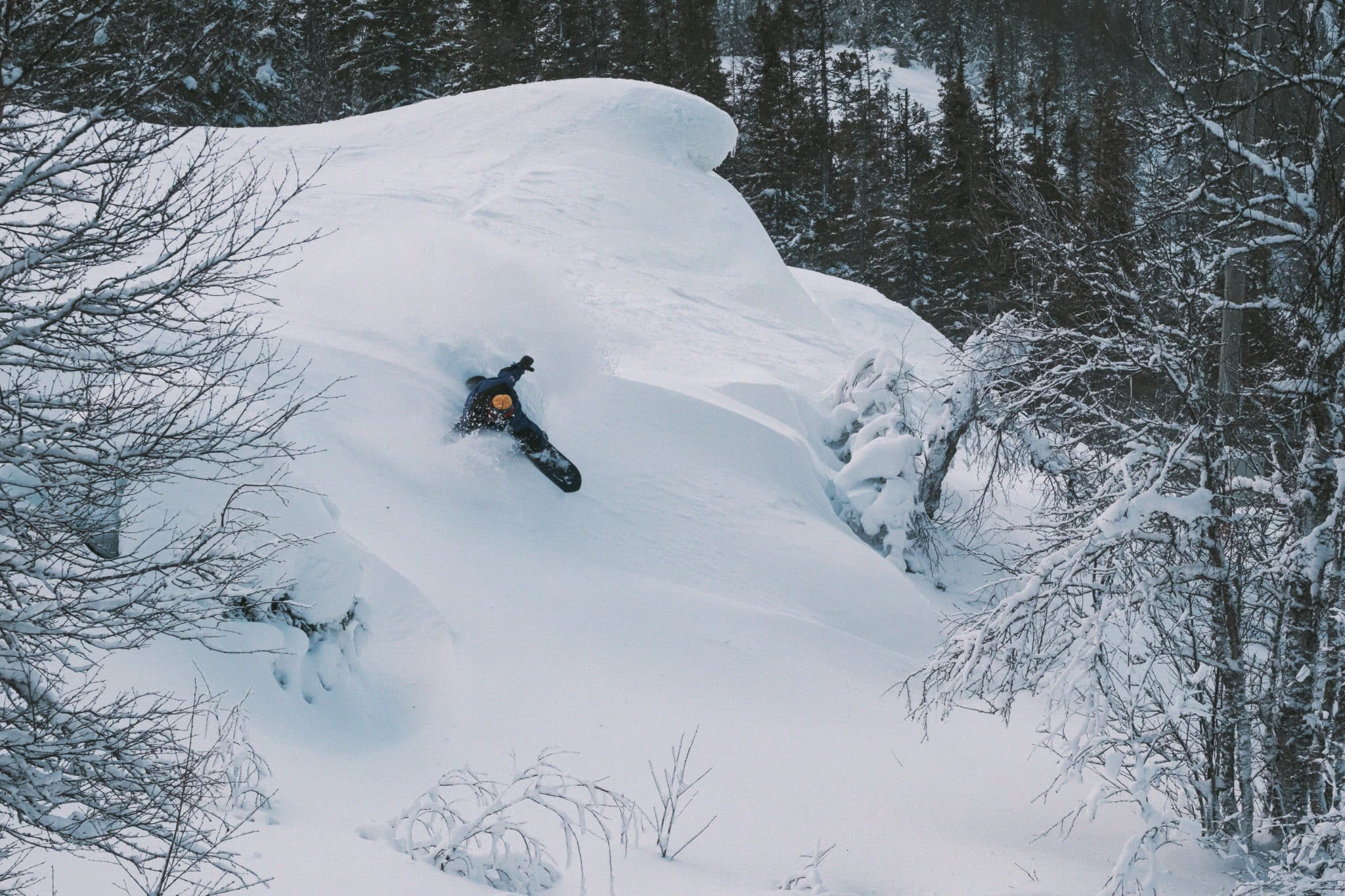Is Your Winter Gear Ready For Action?
By WEMountain
Winter is around the corner, and it’s about time to dust off your gear for some epic riding! But before you rush headlong into snow-covered backcountry, let’s pause for a moment and chat about something crucial: Does your gear align with your skills and project? Because, let’s acknowledge it: the wrong gear can turn your epic snow day into a chilly disaster.
Consider this: you’re all geared up for a day on the mountain, but your equipment isn’t suited. You’re navigating unfamiliar territory with disorganized gear that’s seen better days, and it’s like trying to shovel snow with a toothbrush – frustrating and inefficient. Not only can this kill your energy, but it can also cloud your judgment.
Let’s explore together what gear you should consider wearing or carrying when venturing into the snowy wilderness to ensure that your best day on the mountain doesn’t become your worst:
What type of gear are we talking about? Here’s a list of the most important elements you should wear or carry with you – to ensure that your best day riding doesn’t turn out into the worst.

Navigation Tools: Don’t Get Lost in the Mountains
First things first, you’ll need your trusty navigation tools to find your way around the winter wonderland.
- Compass: This humble gadget points you in the right direction, even when the weather is less than ideal.
- Map: Topographic maps are your best friends. They help you understand the lay of the land and plan your routes effectively.
- Azimuth: Know your angles! Azimuth helps you determine your direction relative to the North.
- Inclinometer: Keep an eye on slope angles with this handy tool.
- Altimeter: Measure elevation accurately because things can get pretty hilly out there.
- GPS: Modern tech at your service – GPS devices provide detailed route planning and real-time guidance.
Sports Equipment: The Right Ride for You
Are you a backcountry rider? Depending on your skill level and the type of terrain you’ll be tackling, you have a range of ski options, including all mountain, classic, or free-touring.
Are you passionate about ski touring? There’s a plethora of touring skis to choose from, tailored to your skier’s profile.
Are you a snowboarder? There are three types of snowboards – all mountain, big mountain and split board – each with their own unique features. Don’t forget to consider waist, camber, and sidecut radius.
Other Sports Equipment: A Perfect Fit Matters
Here’s a quick rundown of other essential gear:
- Boots: Your connection to the ski or board. Find the right size, shape, and flex that suit your skiing style. Did you know that the heavier, stronger and more advanced skier you are, the stiffer the boot should be?
- Bindings: Often overlooked but crucial for safety. Did you know that about half of ski accidents resulting in knee, leg or foot injury could be prevented with properly adjusted bindings?
- Poles: Did you know the right length is determined by multiplying your height by 0.68? Keep it simple.
- Sunglasses and Goggles: Did you know that at altitude, up to 90% of the sun’s rays are reflected, compared to 10% on sand and 20% on the ocean? Protect your eyes from the blinding snow glare with quality eyewear.
- Clothing: Did you know that there can be up to a 10 degree difference between the temperatures at which two people wearing the same clothing in the same conditions feel comfortable? Choose clothing based on insulation, water resistance, and breathability.
Your Rescue And Survival Gear: A Race Against Death
Your rescuer’s must have? A backpack, probe, shovel and transceiver. These are essential for locating and digging out victims as quickly as possible – keep in mind that the speed at which you can locate and uncover buried victims is critical to their survival.
What if you are carried away by an avalanche?
Deploy your Airbag. It provides extra volume if you’re caught in an avalanche. The goal is to keep you at or near the surface – but for this, it has to be properly set!
Before each descent, always check that the cartridge is full, the device is ready to activate, and the handle is in position and unlocked.
Although it can reduce the consequences of an avalanche, remember your rescue gear won’t ever eliminate the risk of an avalanche!
Each piece of the equipment can enhance your safety and enjoyment. Before embarking on a challenging adventure, take the time to inspect and get comfortable with your gear. It’s better to test it out gradually than to be caught off guard in the backcountry.
Remember: transceivers, probes, shovels and airbags are rescue and survival equipment. They should never have to be used.

Gear is good, knowledge is vital
Did you know that 90% of avalanches are triggered by the victim or someone in their group? Your mental and physical state can significantly impact your mountain adventure. Education is your mental gear, and investing in it is a game-changer.
Boost your understanding of the backcountry, safety protocols, and outdoor skills. Just as the right gear enhances your physical abilities, education enhances your mental abilities. It enables you to assess risks better and make sound decisions, ensuring a safer and more enjoyable experience.
Hey buddy, what about gearing up your mind?
We want you to have the ultimate backcountry experience this winter, and that starts with having the right gear for your body and mind. Your faith must be considered before the avalanche – not after. Don’t leave it to chance!
Today is a great opportunity to take a proactive step and invest in your safety and enjoyment. Why don’t you sign up for our WEMountain Courses and equip yourself with wisdom and knowledge?

